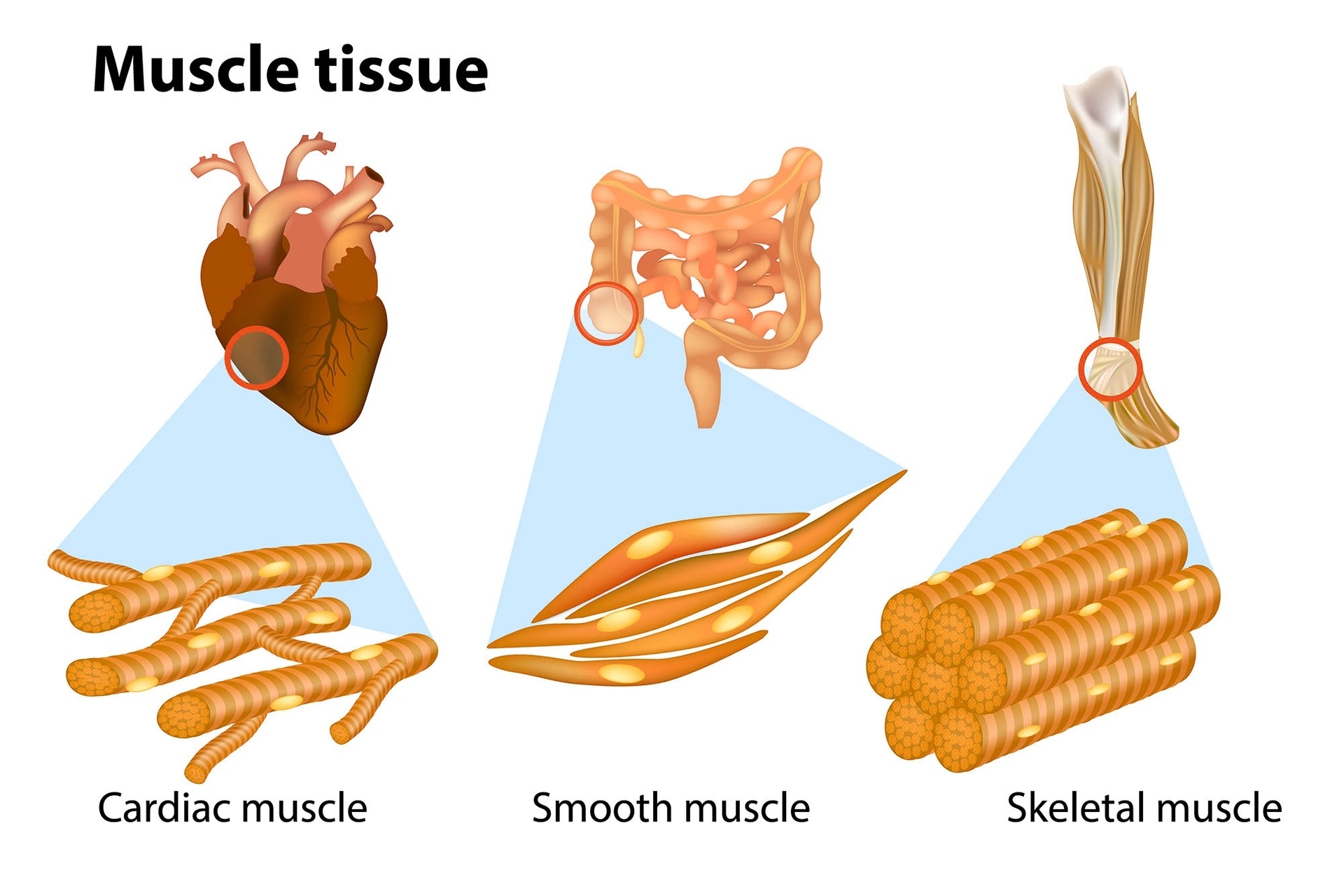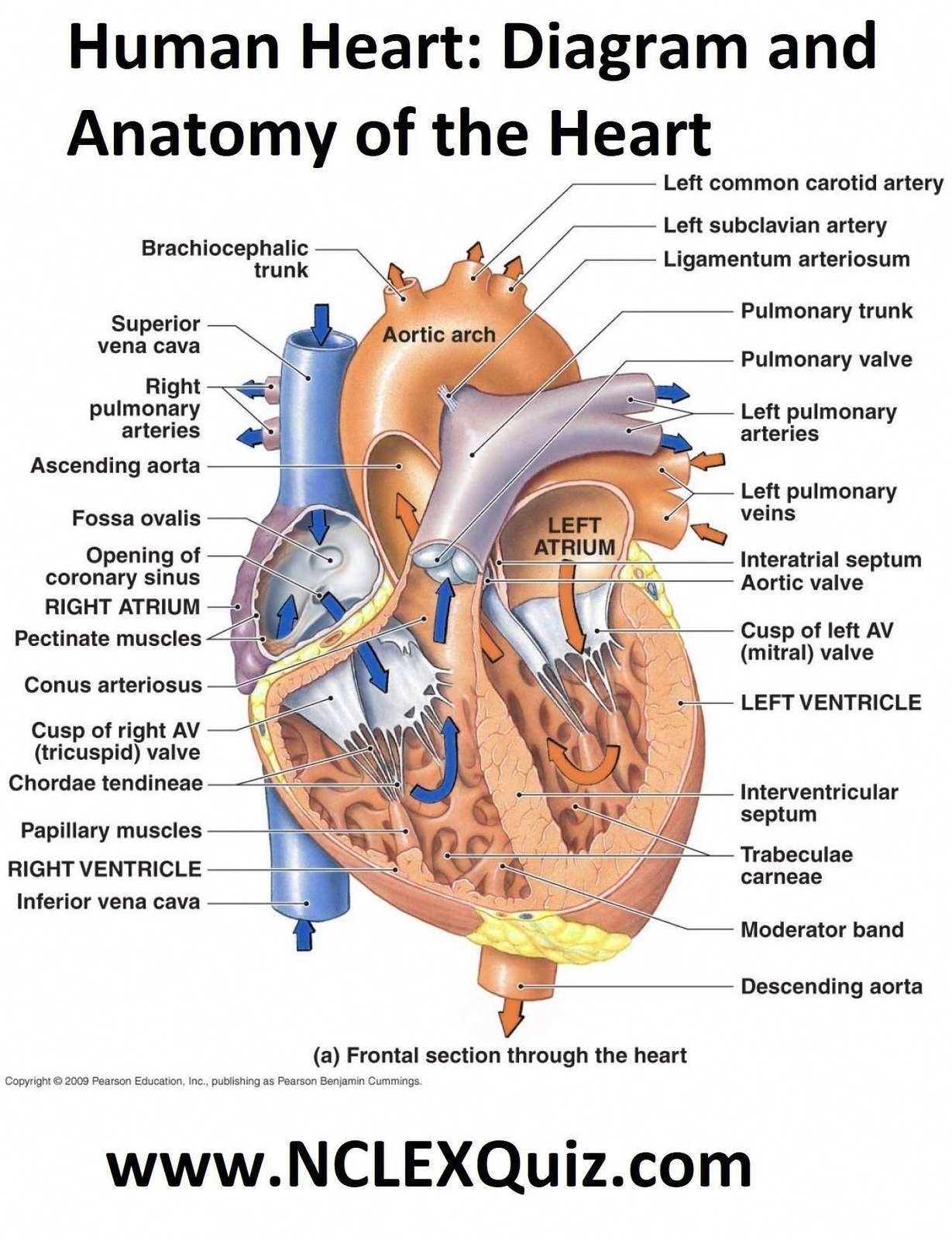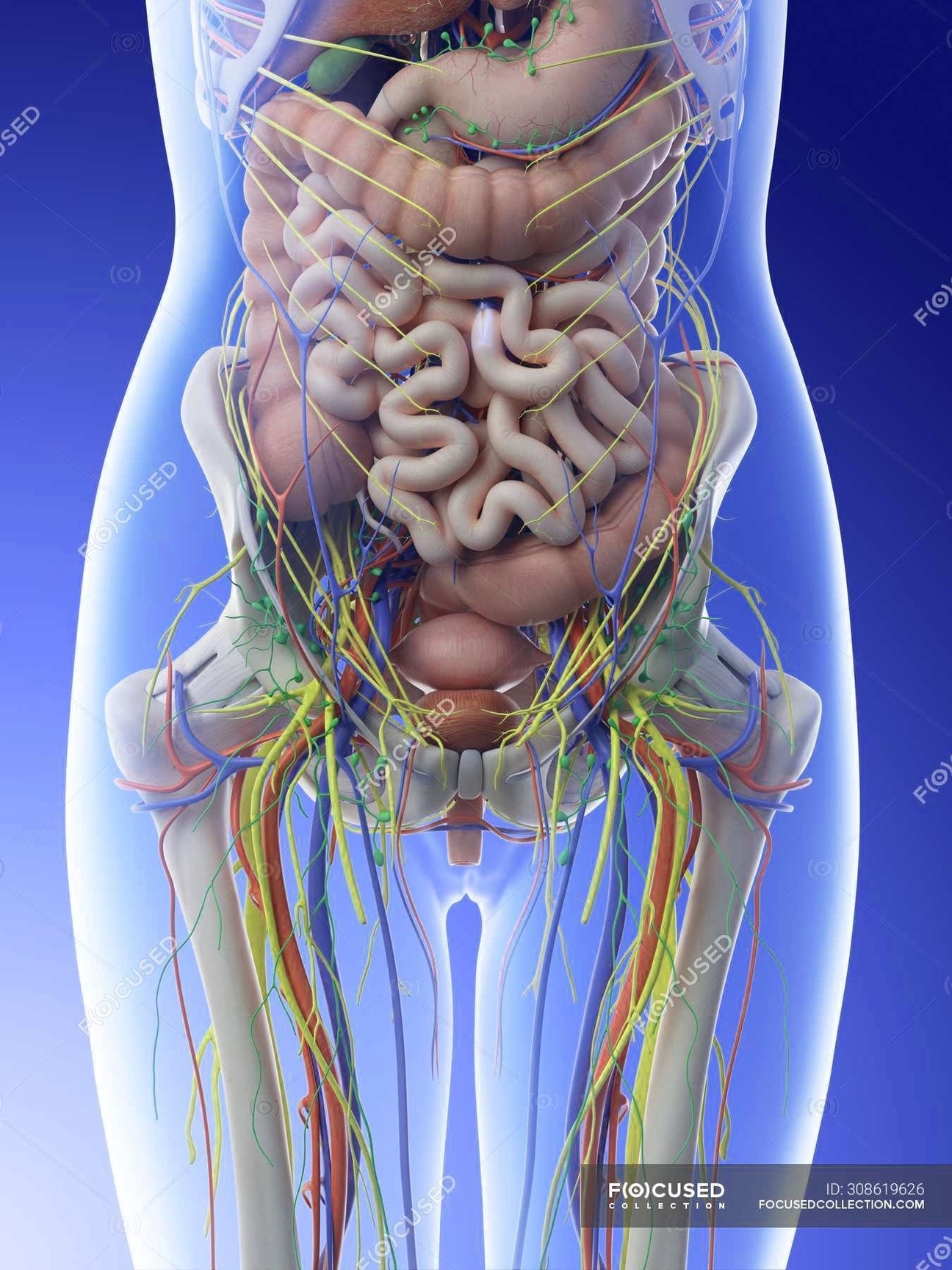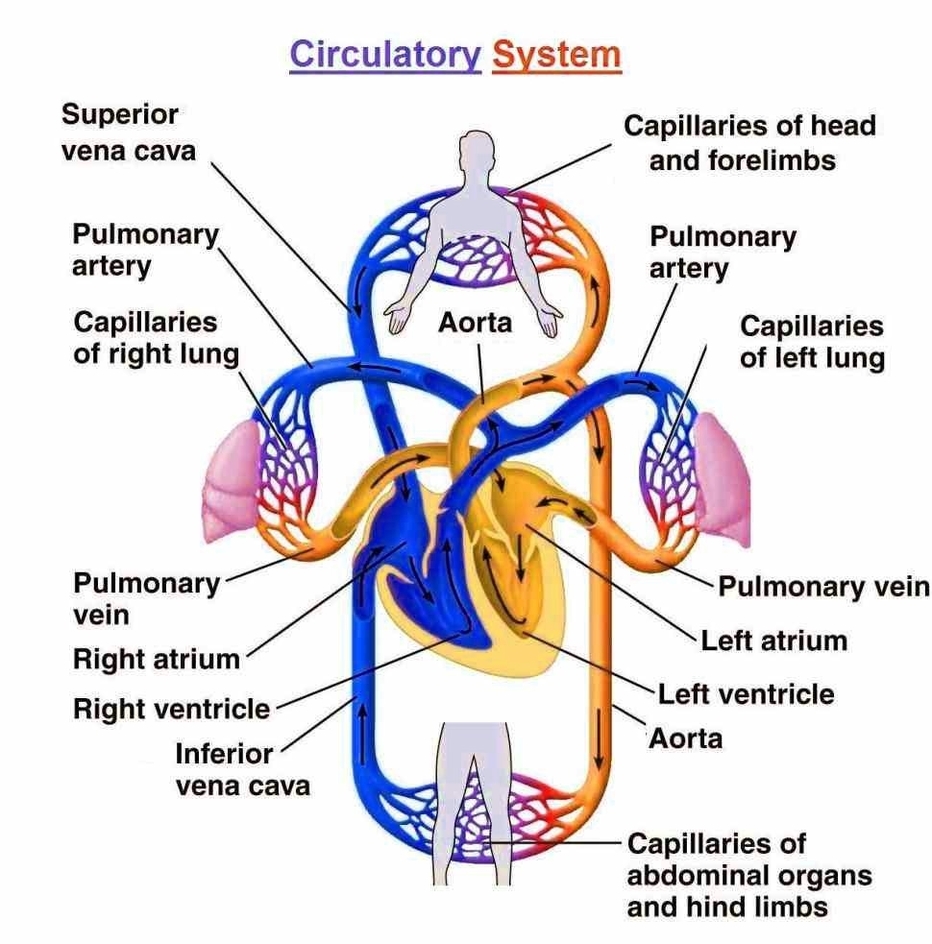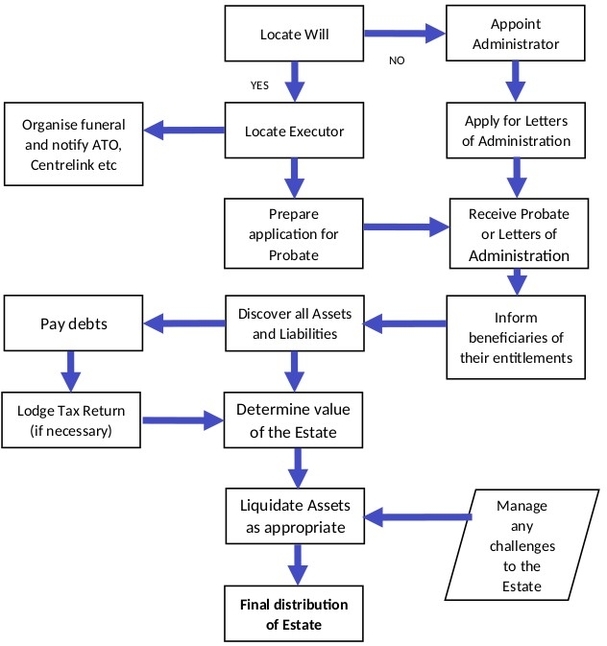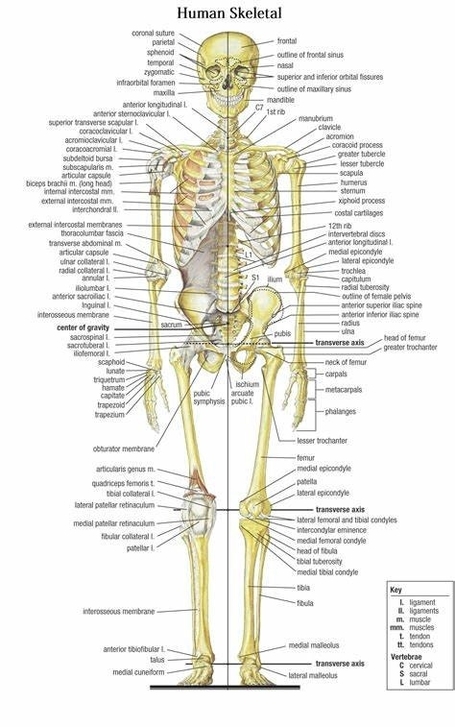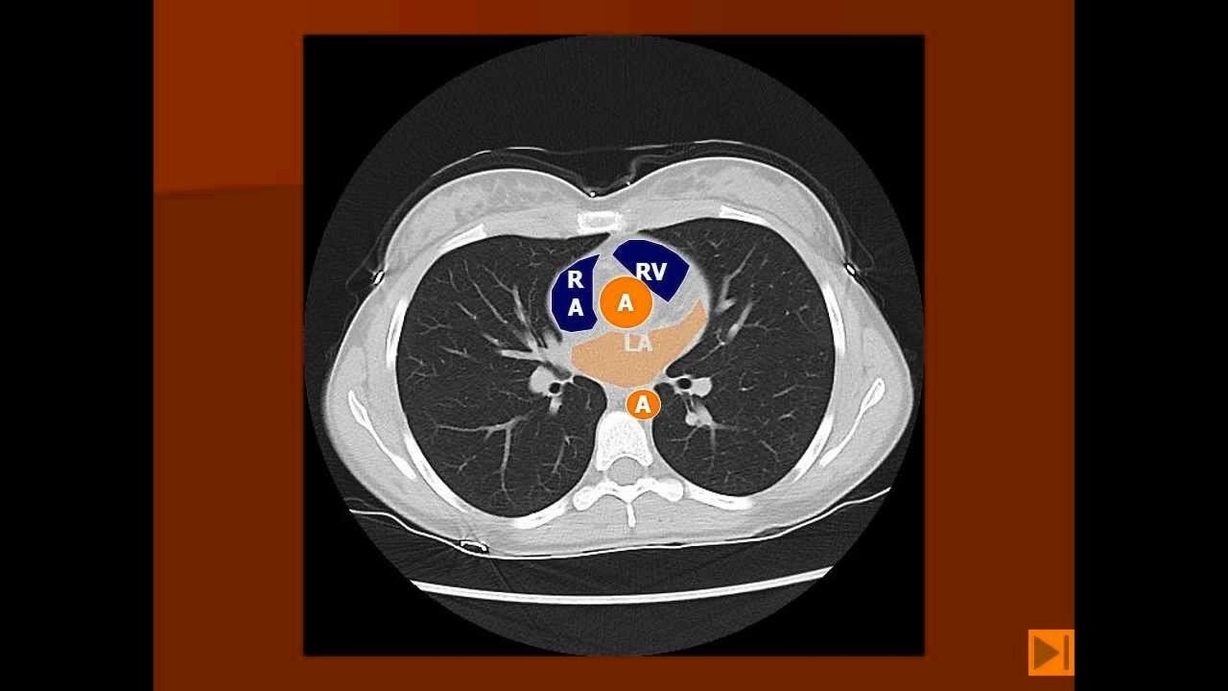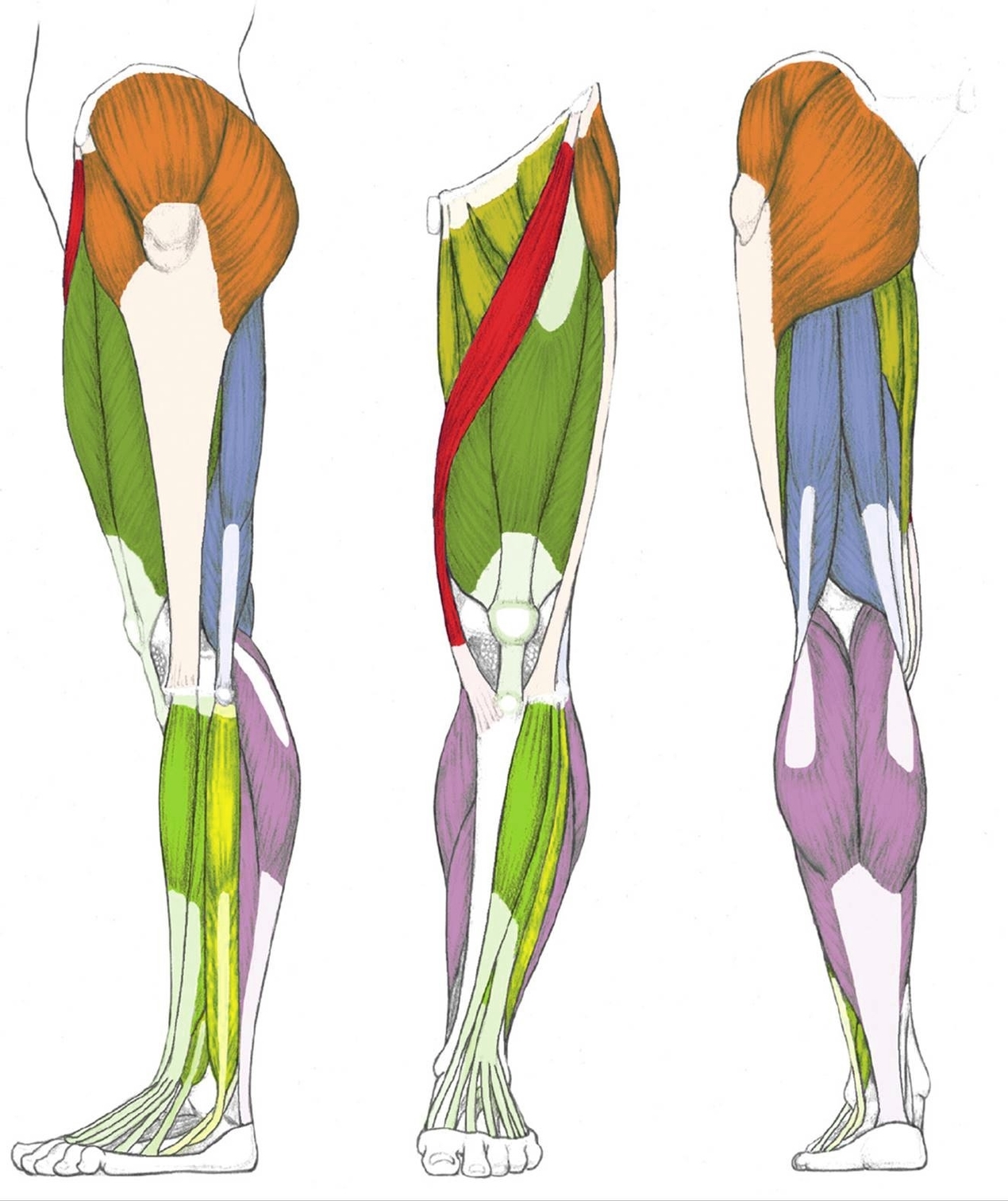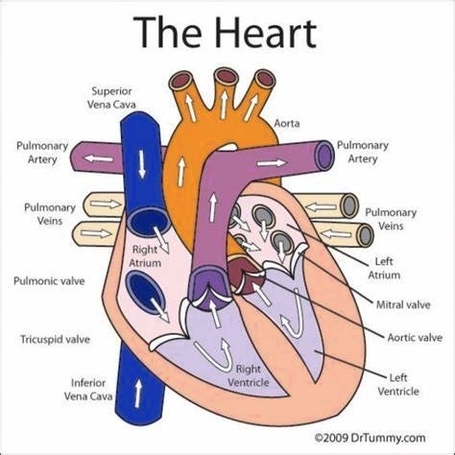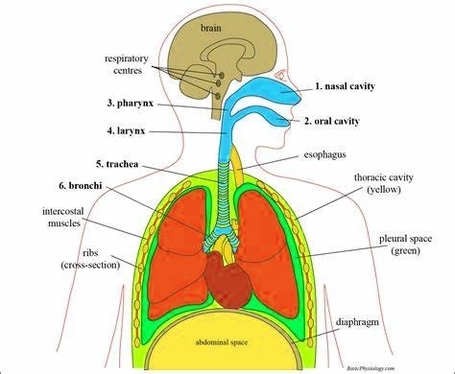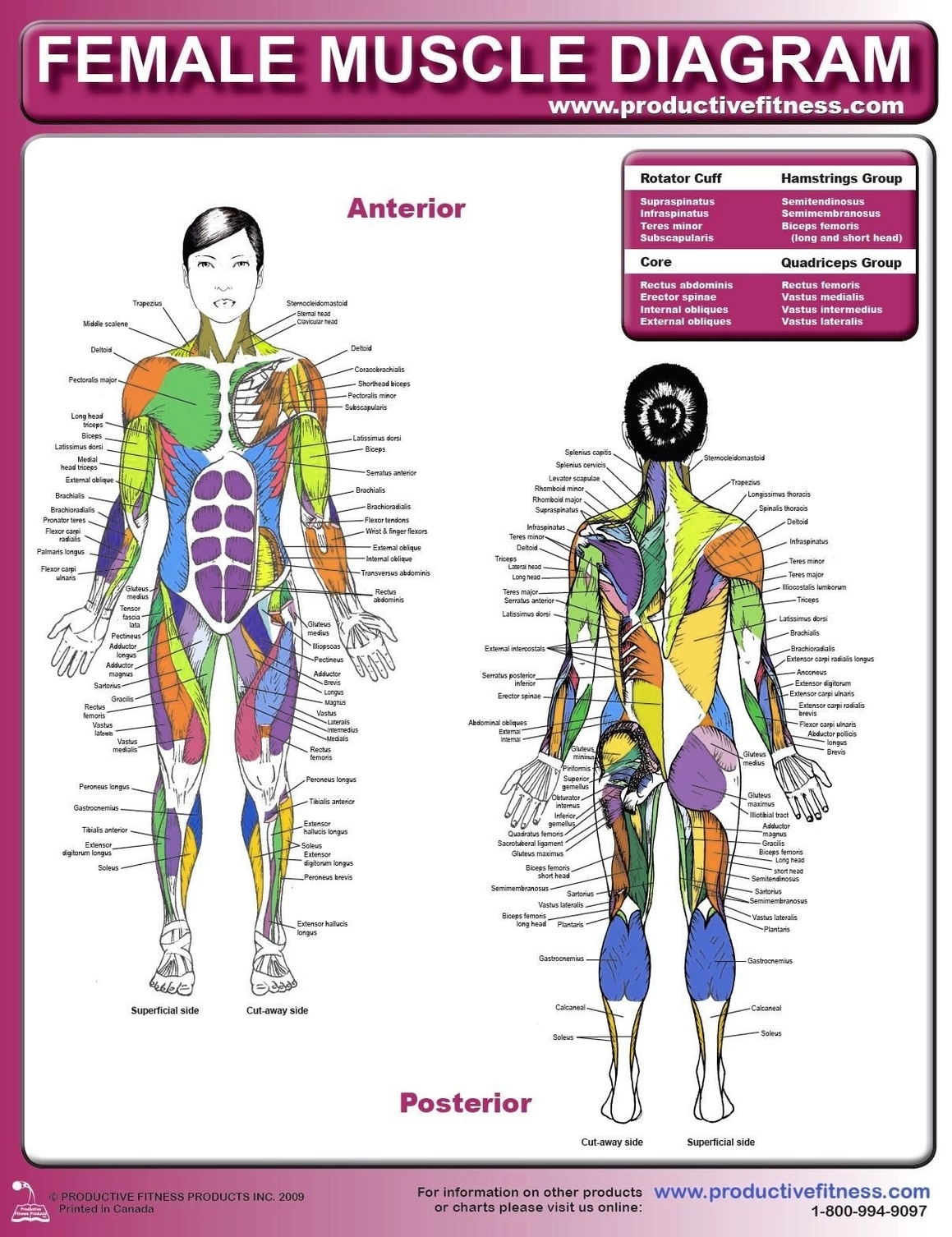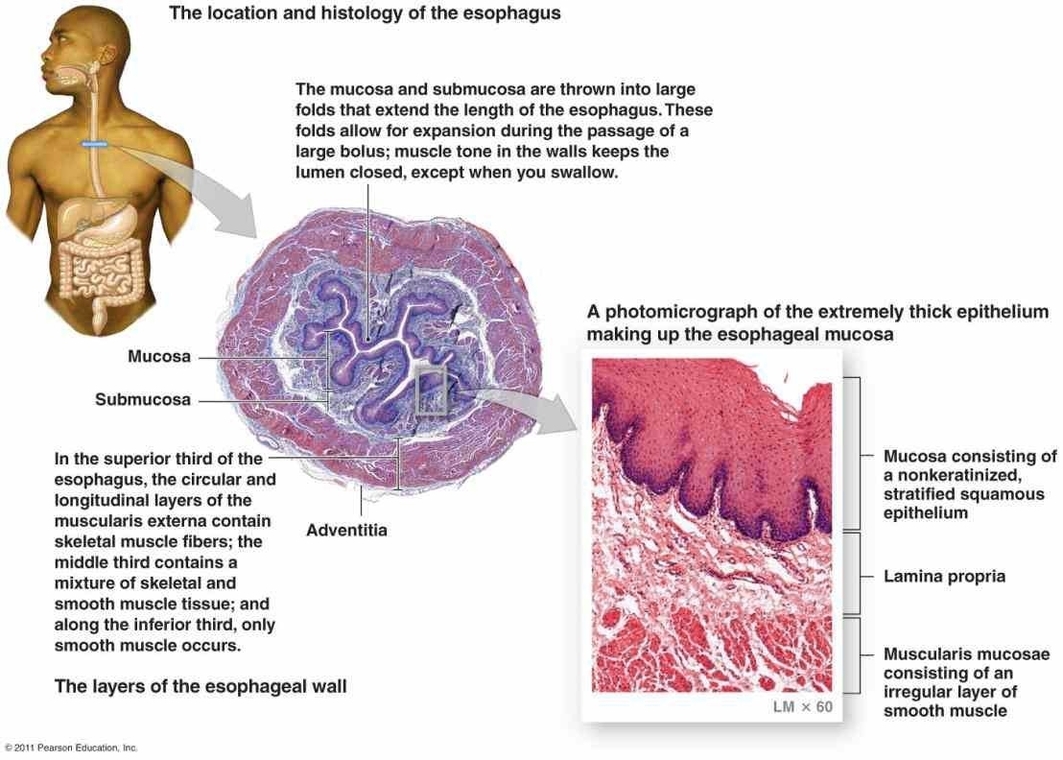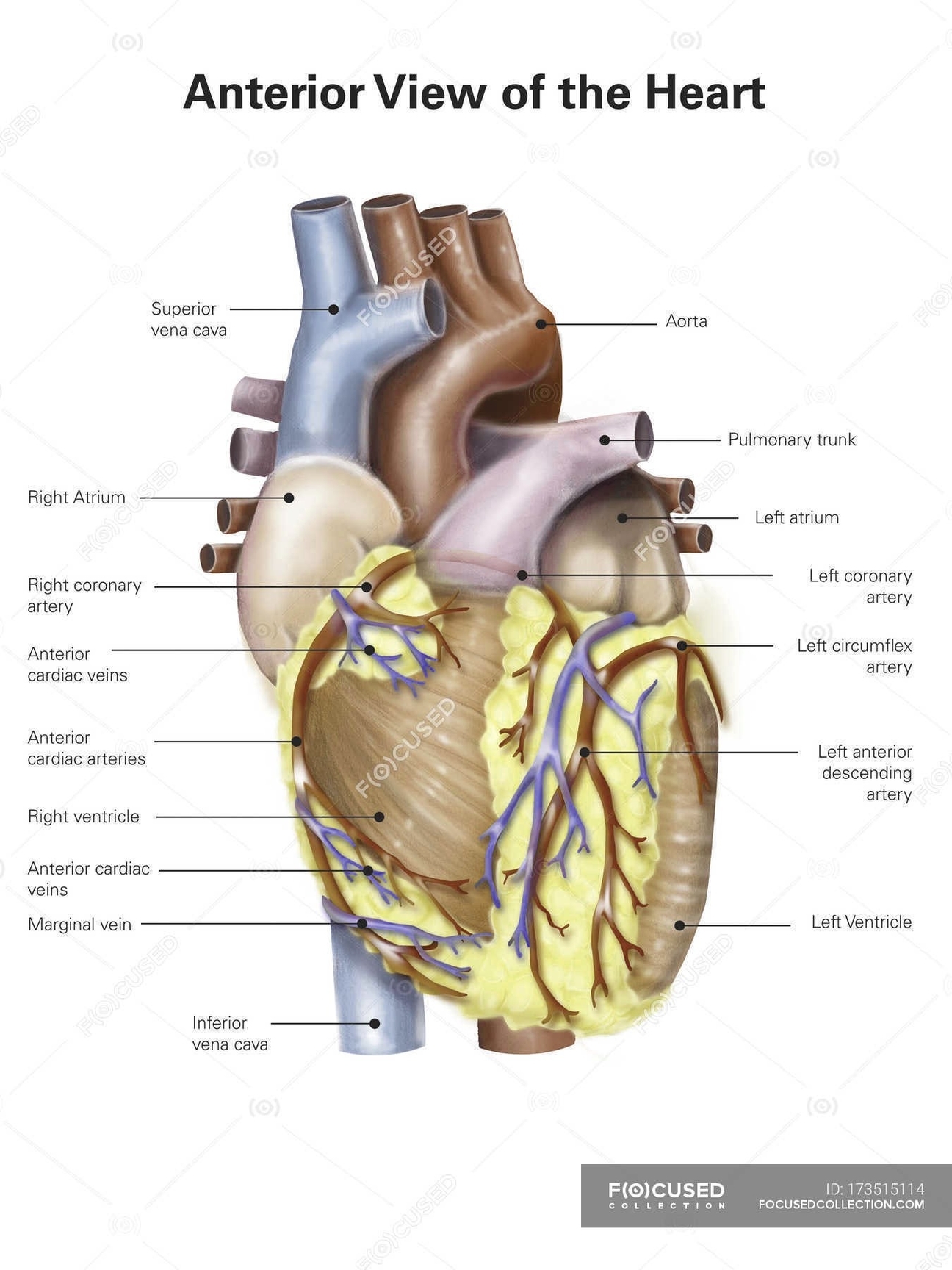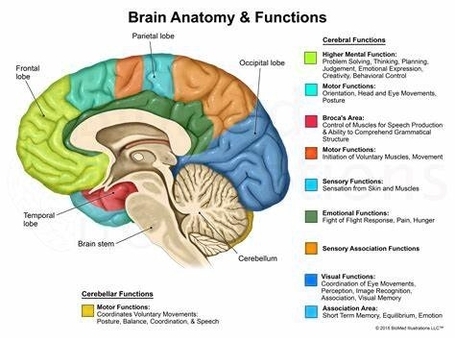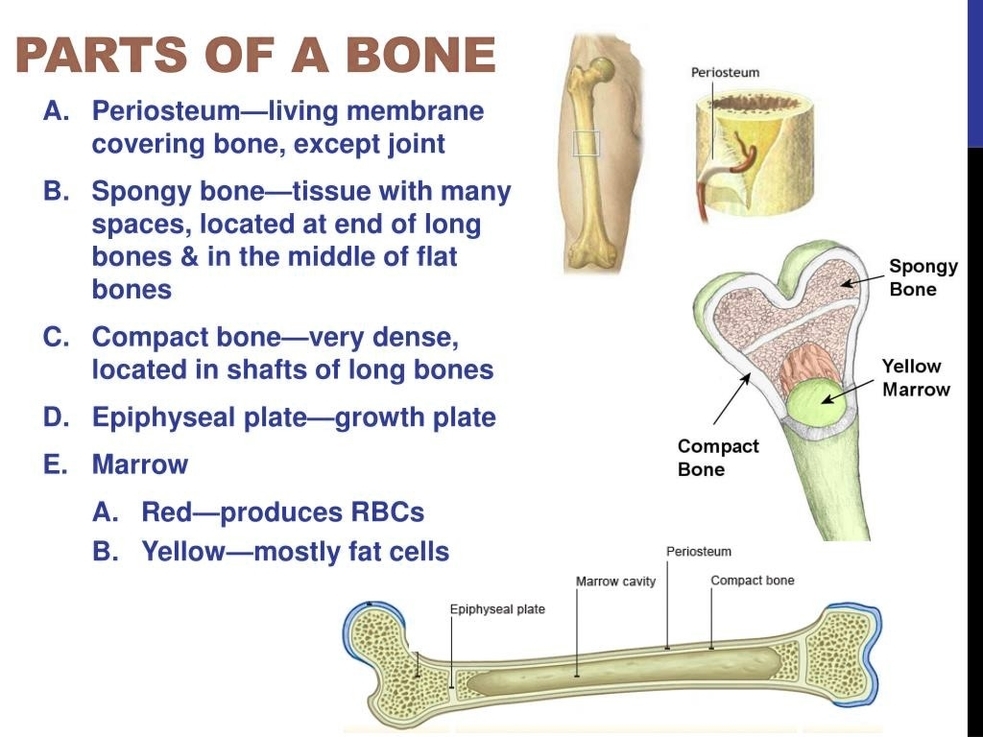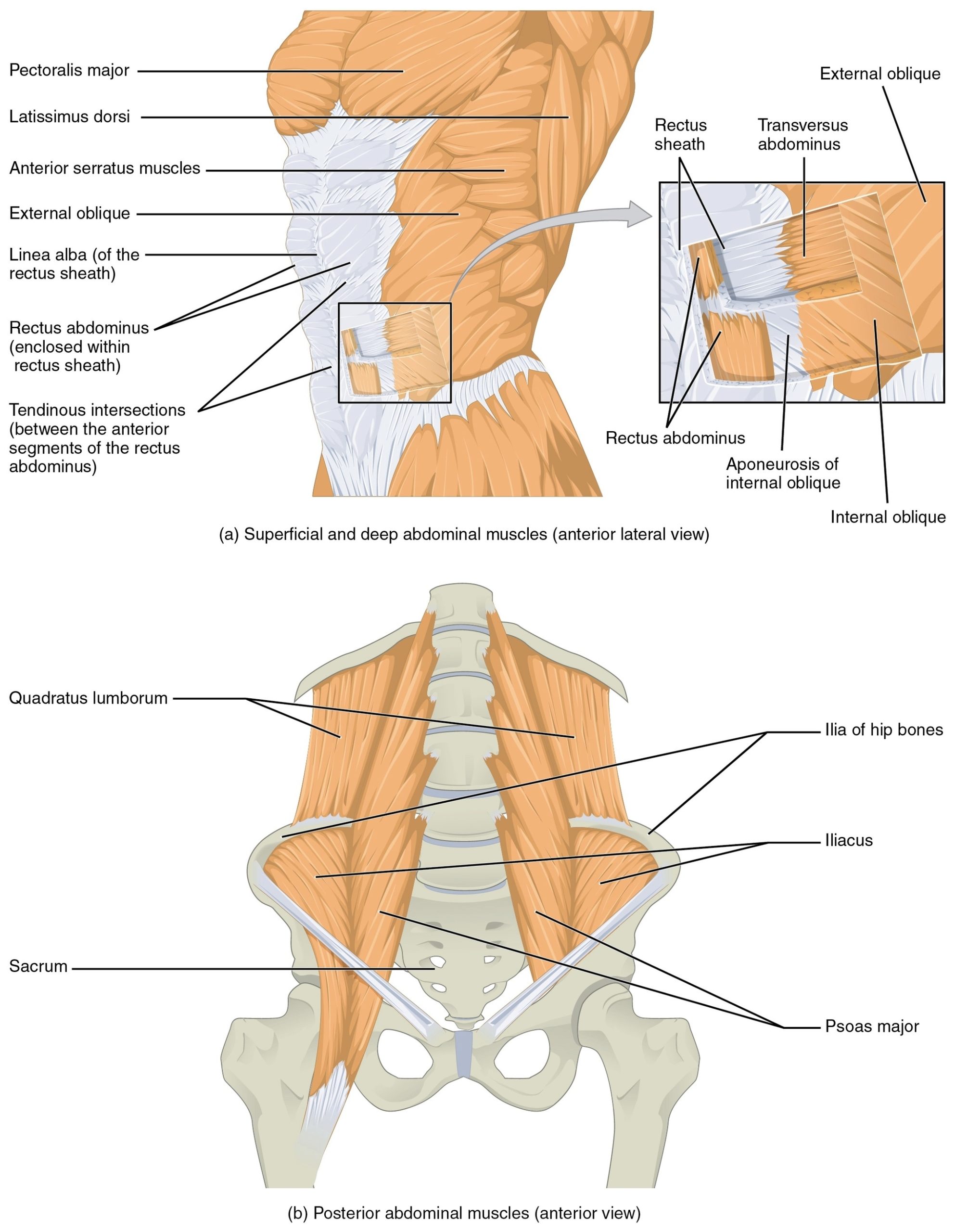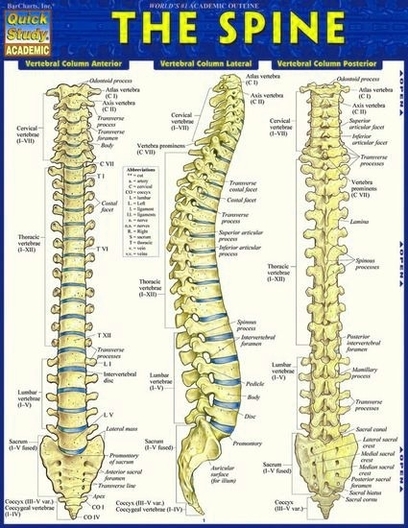Types Of Muscle Tissue In Human Body Explained
Types of Muscle Tissue in the Human Body
Muscle tissue is a specialized tissue found in animals which functions by contracting, thereby applying forces to different parts of the body. There are three types of muscle tissue: skeletal, cardiac, and smooth.
1. Skeletal Muscle: This type of tissue is found in skeletal muscles and is responsible for the voluntary movements of bones. It is a type of striated muscle, meaning clear bands can be seen in it under a microscope. These tiny light and dark bands are highly organized bundles of actin, myosin, and associated proteins. These organized bundles allow striated muscle to contract quickly and release quickly. Skeletal muscle tissue can be controlled voluntarily, by the brain.
2. Cardiac Muscle: This is the specialized muscle of the heart. It is also a type of striated muscle, but unlike skeletal muscle, it is formed of short, uninucleate, branching myocytes which are connected at intercalated discs. These junctures help cardiac muscle to contract as one and provide a rapid and coordinated contraction to move blood.
3. Smooth Muscle: This is a non-striated muscle, formed of short, uninucleate, spindle-shaped myocytes. It is located in the walls of internal organs, blood vessels, etc. Unlike cardiac and skeletal muscle tissue, smooth muscle tissue has no striations. The fibers of myosin and actin in smooth muscle fiber are not nearly as organized as in the other types of muscle tissue.
Each type of muscle tissue in the human body has a unique structure and a specific role. Skeletal muscle moves bones and other structures. Cardiac muscle contracts the heart to pump blood. Smooth muscle can be found in the walls of hollow organs, such as the intestines, uterus, and stomach.
Muscle tissue has four main properties: Excitability (an ability to respond to stimuli), Contractibility (an ability to contract), Extensibility (an ability to be stretched without tearing), and Elasticity (an ability to return to its normal shape). Through these properties, the muscular system as a whole performs several important functions. These include the production of force and movement, support of body stature and position, stability of joints, production of body heat (to maintain normal body temperature), as well as, provision of form to the body.
In conclusion, muscle tissues play a crucial role in the functioning of the human body. Their ability to contract and relax enables us to move, pump blood, and perform various other vital functions. Understanding the different types of muscle tissues and their functions can provide valuable insights into how our bodies work..
Types Of Muscle Tissue In Human Body Explained Diagram - Types Of Muscle Tissue In Human Body Explained Chart - Human anatomy diagrams and charts explained. This anatomy system diagram depicts Types Of Muscle Tissue In Human Body Explained with parts and labels. Best diagram to help learn about health, human body and medicine.